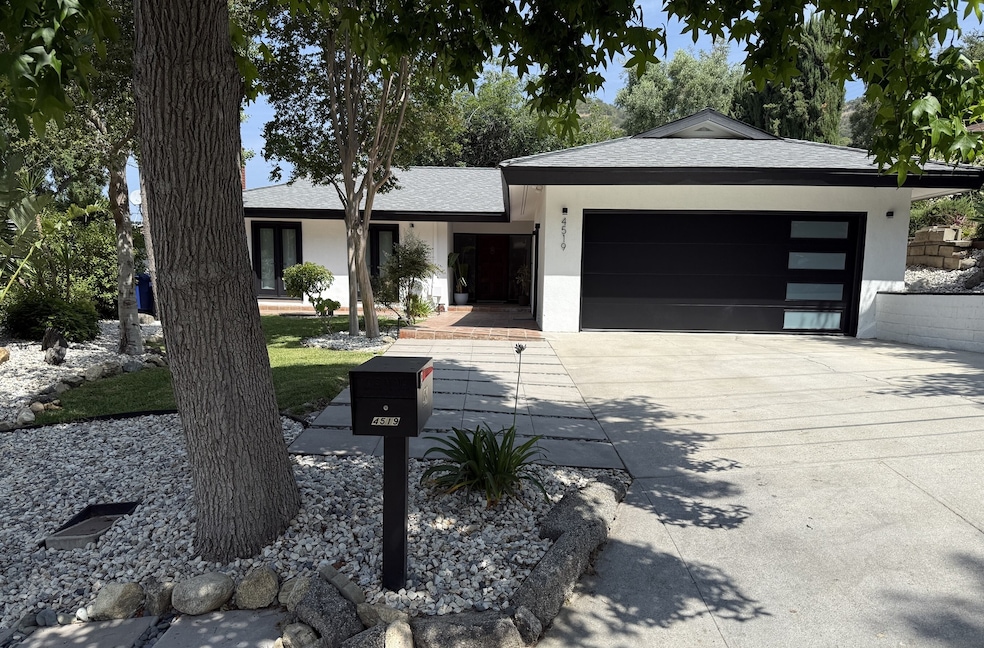When it comes to wildfire preparedness, the 5 feet immediately surrounding a home holds outsized importance, making the difference between damage and complete destruction.
So, that’s the sliver of space that the Insurance Institute for Business and Home Safety has been studying for more than a decade in its search to optimize structures for disaster resilience.
The Richburg, South Carolina-headquartered nonprofit researches paths that property owners can take to “meaningfully reduce the risk," said Steve Hawks, the IBHS senior director for wildfire.
For its wildfire research, the IBHS conducts tests on full-size structures it builds in a lab: a six-story hangar-style facility made of concrete. Inside, they can simulate wildfire conditions, testing materials and overall performance.
In addition to these tests, the IBHS also does post-fire analysis of recent blazes, such as the Eaton and Palisades fires that swept through Los Angeles earlier this year.
“We routinely see that embers are a significant issue when it comes to structures igniting or being exposed to the wildfires and leading to damage and loss,” Hawks said. Although those smoldering fragments are just one element in a complex wildfire environment — direct-flame contact and radiant heat are others — they’re a highly problematic one.
“Our research has found that the majority of homes that are ignited are either directly or indirectly a result of ember exposure,” Hawks said, so reducing the possible combustible area where they could land — fuel sources, including mulch, wood fencing, and ornamental vegetation — becomes essential.
“It’s the last line of defense for a fire burning onto the property,” Hawks said. “By having nothing combustible in there, it prevents embers from igniting something in that area. And then it also prevents the fire from burning through the area directly to the side of the house.”
What does an ember-resistant buffer look like?
That 5-foot radius surrounding a home is part of a larger three-section “defensible space” that a homeowner can develop, Hawks explained. Although the concept of defensible space has been around in wildfire-prone regions, including California, since 1965, it’s often a new way of approaching property planning in regions of the U.S. now experiencing wildfires or more intense burn seasons due to climate change.
There’s the zero-to-5-foot zone immediately around the house (this should contain no combustible material or vegetation), the wider 5-to-30-foot space (here you can stash large items, detached structures and vegetation), and then the 30-to-100-foot space (this might contain parked vehicles, flammable furniture and fabrics, and more greenery). But not every home has all three zones: “If you have a small lot,” Hawks said, “it could be you only get 5 feet of defensible space on your property.”
Time and time again, he continued, “our research says that the first 5 feet is absolutely the most critical area of the three defensible space zones.” Still, if your property has all three zones, he noted, you need to address all of them.
Defensible space faces another common roadblock to adoption: aesthetics, he said, but owners “can have an aesthetically pleasing zone zero with nothing combustible in it that doesn’t detract from their curb appeal."
Often, this noncombustible moat is filled with gravel, concrete, pavers, or stones, such as decomposed granite. Vegetation of any kind — even cactuses and squat succulents — compromises the buffer. Some design firms, such as the global firm Rios in collaboration with Defensiblespace.org, have also stepped in to help homeowners living in fire-prone areas envision landscaping that balances fire safety with sustainability.
The IBHS is also invested in consumer education. It launched wildfireprepared.org, an educational program designed to support homeowners in high-risk areas.
In reality, Hawks said, every home that a community can prevent from going up in flames — whether through landscape buffers or the selection of burn-resistant materials — keeps a conflagration in check. In the IBHS post-fire analysis of the Los Angeles fires, the organization found that none of the homes it analyzed had a zone zero.
“I have no doubt in saying that had the zone zero been implemented on properties in Altadena, and also Pacific Palisades, the number of structures lost in both fires would have been reduced,” Hawks said.

